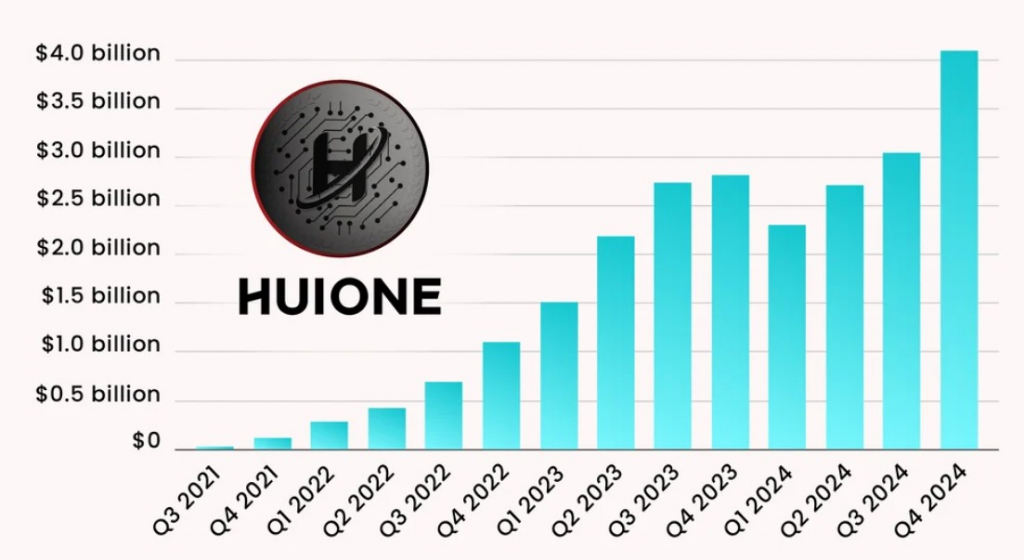Crypto’s Dirty Little Secret Gets Exposed: $26.4 Million in Assets Frozen
In a bold move that’s sending ripples through the digital finance world, Spanish authorities, working with top blockchain firms like Tether, Tron, and TRM Labs, have successfully frozen a whopping $26.4 million in cryptocurrencies tied to a massive European money laundering operation. This coordinated strike represents a major win in the ongoing battle against criminal activity in the crypto space.
The crackdown is part of a broader effort by the T3 Financial Crime Unit, a joint initiative launched in August 2024, aiming to tackle financial crimes across the blockchain world. With the combined forces of law enforcement and blockchain tech, this partnership is starting to make waves—and it’s not the first time they’ve scored big.
A Tech-Heavy Approach to Stopping Financial Crime
How did they pull this off? It was a team effort, with a mix of old-school police work and cutting-edge tech. Law enforcement used surveillance techniques to track down the criminal network, and it didn’t take long for the digital breadcrumbs to lead them straight to the wallets. Thanks to Know Your Customer (KYC) data from service providers, they were able to confirm the wallets were linked to criminal activity and take action. This move marks the largest freeze so far by the T3 Unit, which is quickly becoming a key player in cracking down on crypto crime.
In fact, this $26.4 million freeze brings the T3 Financial Crime Unit’s total to $126 million seized in just over a year—an impressive start for a young initiative.
A spokesperson from the Guardia Civil, Spain’s law enforcement agency, had this to say: “This organization moved millions across borders, using both cash and crypto to help criminal groups launder their profits.”
Big Names on the Frontline: Tron, Tether, and TRM Labs
Blockchain giants like Tron, Tether, and TRM Labs have been crucial in disrupting these illicit operations. Tron, for example, has taken significant steps to reduce the flow of illegal activities on its blockchain. TRM Labs reports that around 49% of illicit transactions on Tron are connected to sanctioned entities, with another 32% linked to blacklisted funds. Despite these efforts, Tron still leads the charge in terms of blockchain-related illicit transactions, accounting for a staggering 58% of the total.
Meanwhile, Tether’s USDT remains the preferred choice for criminals—making it the most-used asset in the world of illicit transactions, according to TRM Labs. That’s why Tether’s involvement in freezing suspicious accounts is such a critical piece of the puzzle.
Why Tether Is the Target: Criminals Beware
Tether, one of the most well-known stablecoins on the market, is often a go-to asset for money launderers—and the company is on high alert. In fact, they recently froze $225 million in USDT linked to pig butchering scams—a type of fraud where criminals build fake relationships with victims, only to later swindle them out of large sums. This specific seizure followed an investigation by the U.S. Department of Justice.
This crackdown doesn’t just apply to individual scams. In Southeast Asia, criminal syndicates have been using the dark web to launder proceeds, and they’ve often relied on Tether. In response, these criminals have started looking for workarounds. One notable case: a shady platform known as Huione Guarantee, which used to heavily depend on Tether, launched its own stablecoin in September 2024 to avoid having its funds frozen. Nice try—but with the spotlight on them, these criminals won’t be able to stay in the shadows for long.

Crypto Crime’s Last Stand?
While the world of cryptocurrencies offers all kinds of exciting opportunities, it’s also become a prime target for illegal activities. But with blockchain companies, law enforcement, and security firms working together, it’s clear that crypto crime is getting harder to pull off.
Tether’s CEO, Paolo Ardoino, made it clear: “Let this serve as a clear warning—criminals who attempt to misuse Tether will get caught.” That’s a message everyone in the space should take seriously. Whether it’s freezing funds linked to fraud, blocking illicit transactions, or tracking criminal syndicates, the power of collaboration between tech and law enforcement is making waves—and the tides are turning against crypto crime.



